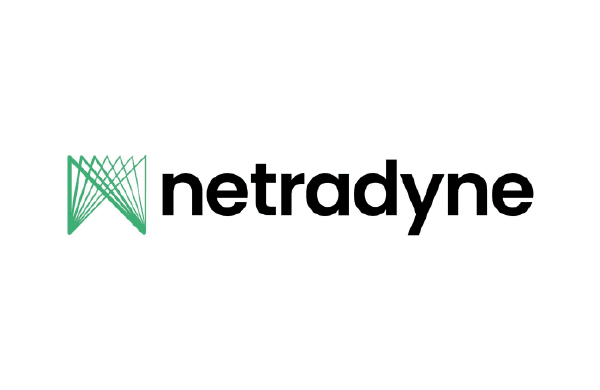- Business Transformation
- Sales & Revenue Optimization
- Finance & Operations
- Information Technology
- Private Equity
- Healthcare & Life Sciences
- High Tech
- Manufacturing
- Explore All Industries →
- Advisory + Diagnostics
- Change Management
- Implementation Services
- Cloud Application Managed Services
- Integrations
- Data Analytics
- Accelerators
- Cloud Applications
- Success Stories
- Insights + Events
- About Us

Lovys is the first 100% digital, all-in-one insurance provider. With headquarters in France, they provide insurance solutions to the French, Spanish and Portuguese markets. With a revenue of $71.2M, their goal is to simplify insurance contracting and provide a single interface for their clients, who pay one single monthly subscription for all their insurance needs.
Before:
Lovys’ Data Infrastructure and Governance Hiccups
As a digital native company, data was at the heart of Lovys’ architecture. They approached Spaulding Ridge to help them overcome three main challenges. The first: improve processes to allow their infrastructure to scale and match the fast-growing analytics needs of the business. This stemmed from the need to enable data consumption, storage, and sharing to make informed decisions and understand the impact of their decisions. The second: reduce the high costs being generated from their data extraction and warehousing tools. The third: guarantee a certain level of governance over metric definitions to ensure reliability while reporting on key performance indicators (KPI) for the business.
Solution:
Implementing A Data Flow to Streamline Processes Across Teams
Spaulding Ridge worked as an extended data team to support key use cases such as Marketing, Insurance (Operations) and Finance by leveraging Looker, Big Query, dbt, Airflow, Fivetran, and Hevo. With this advancement, the company unlocked new analytics capabilities.
Spaulding Ridge developed a streamlined process to standardize the structure of Excel files submitted by the finance team, replacing time-consuming manual ingestion and transformation with an automated script, simplifying a task that previously would have sat in the data team’s backlog for over a day.
The insurance team had to send crucial incident information to the Association for Management of Insurance Risk Information (Agira), a professional insurance body, a task that previously was executed manually every two days. Using Looker’s APl, the insurance team now seamlessly delivers up-to-date insurance policy data at near real time directly to the Agira database.
Lastly, the different channel leads from the marketing department would often arrive with different versions of the same KPI for department meetings. Now, thanks to centralized definitions, clear version control and ownership in Looker, the team not only has a single source of truth but can also answer more complex questions that previously went unanswered. For example, they now have a global vision on the total cost of acquisition of a new client (CAC) from the different channels and can calculate the Marketing ROI by combining CAC with lifetime value, delivering insights and control over business operations.
After:
70% Reduction in Data Ingestion and 40% in Overall Stack Expenses
Spaulding Ridge’s configuring of connectors between Hevo and Fivetran resulted in Lovys achieving a remarkable 70 percent reduction in data ingestion costs, all while ensuring seamless migration with zero downtime for business users.
After identifying the costliest queries, applying effective data caching policies, and removing underutilized cloud services, Lovys further cut their overall data stack costs by an impressive 40 percent.
“Not only did SR provide resources and expertise to cover business needs that our data team didn’t have the bandwidth to cover, but they also taught us to operate our new tools (making our job more interesting) and make us more independent!”
– Afonso Moreira, Head of Data, Lovys


